Indigenous Governance Database
Intergovernmental Relations
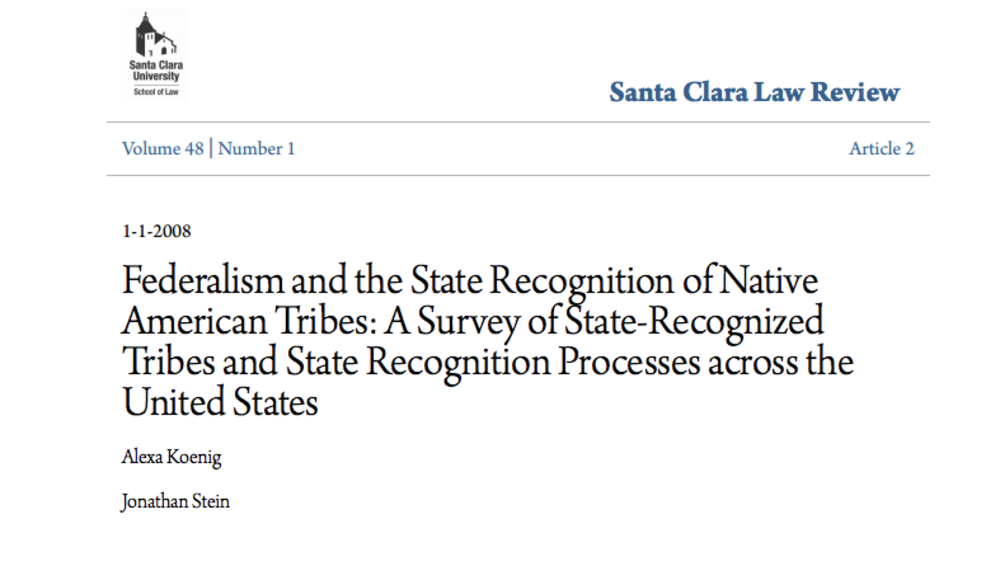
Federalism and the State Recognition of Native American Tribes: A Survey of State-Recognized Tribes and State Recognition Processes Across the United States
In the last few years, states and tribes have increasingly realized that state recognition can serve as an important, albeit limited, alternative to federal recognition. This realization is evidenced by the many states that have recently codified their state recognition processes or are planning to…
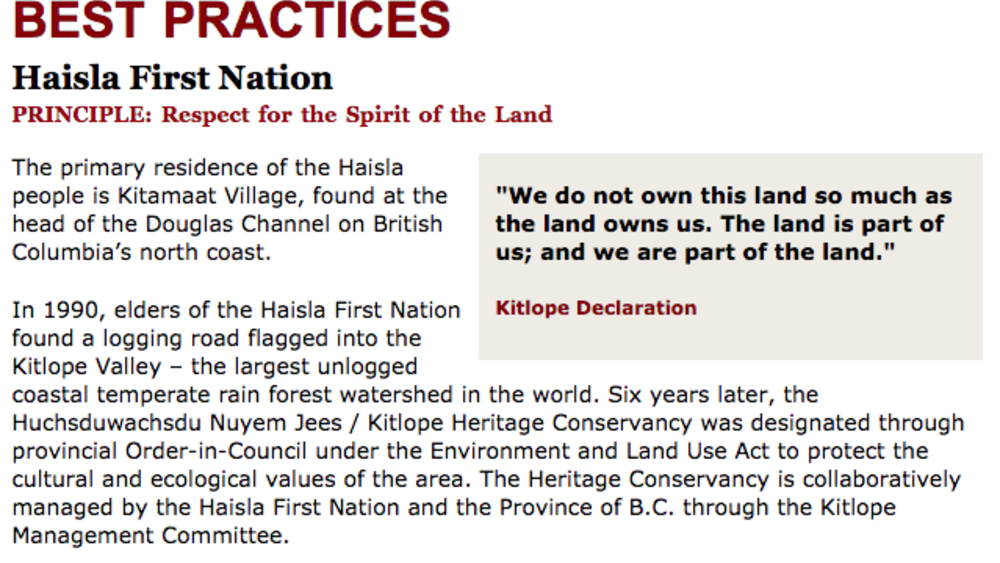
Best Practices Case Study (Respect the Spirit in the Land): Haisla First Nation
The primary residence of the Haisla people is Kitamaat Village, found at the head of the Douglas Channel on British Columbia's north coast. In 1990, elders of the Haisla First Nation found a logging road flagged into the Kitlope Valley -- the largest unlogged coastal temperate rainforest watershed…

Best Practices Case Study (Inter-Governmental Relations): Sliammon First Nation
In 2002, the City of Powell River, on the Sunshine Coast in south-western B.C., began construction on a seawalk park. The project inadvertently destroyed or disturbed significant cultural sites of Sliammon First Nation including petroglyphs and shell middens. Deeply concerned by the site impact and…
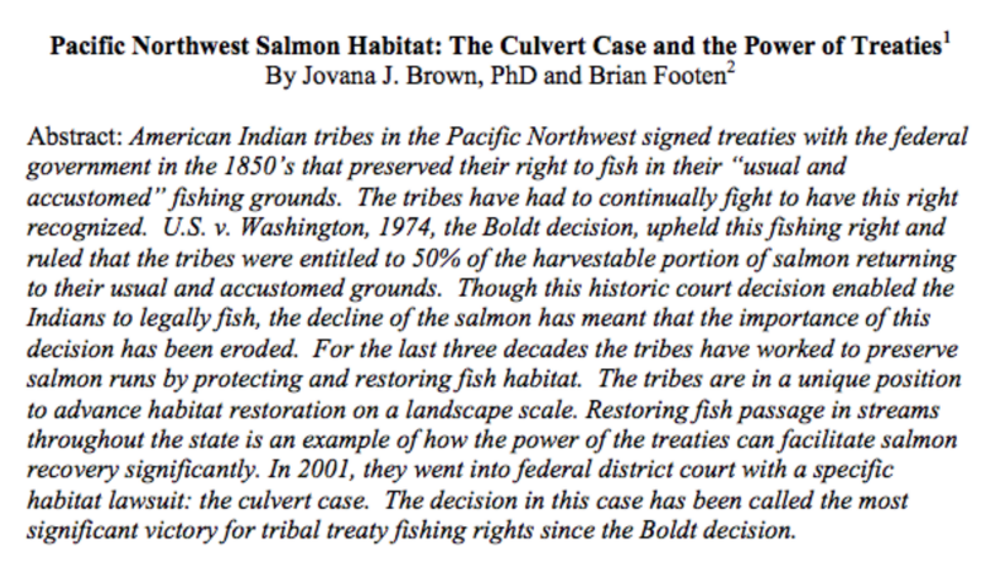
Pacific Northwest Salmon Habitat: The Culvert Cases and the Power of Treaties
American Indian tribes in the Pacific Northwest signed treaties with the federal government in the 1850's that preserved their right to fish in their "usual and accustomed" fishing grounds. The tribes have had to continually fight to have this right recognized. U.S. v. Washington, 1974, the Boldt…

Back to the Bison Case Study Part II
After the Confederated Salish Kootenai Tribes (CSKT) made the decision to work towards signing a management agreement, they began discussions with United States Fish and Wildlife Service (USFWS) in 1994 to pursue the co-management and joint operation of the National Bison Range Complex (NBRC) which…
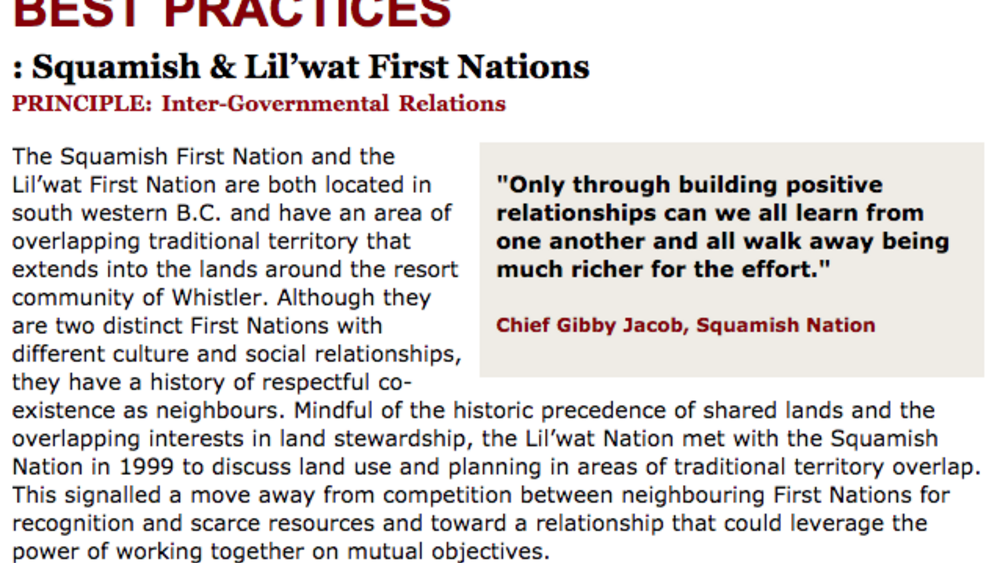
Best Practices Case Study (Inter-Governmental Relations): Squamish & Lil'wat First Nations
The Squamish First Nation and the Lil'wat First Nation are both located in southwestern B.C. and have an area of overlapping traditional territory that extends into the lands around the resort community of Whistler. Although they are two distinct First Nations with different cultures and social…

Native American Lands and Natural Resource Development
The rules that govern oil, gas and mining on American Indian tribal lands are complex, and the tribes that seek economic development through natural resources face a range of challenges. In this report, Revenue Watch gives an overview of the issues and describes current approaches to natural…
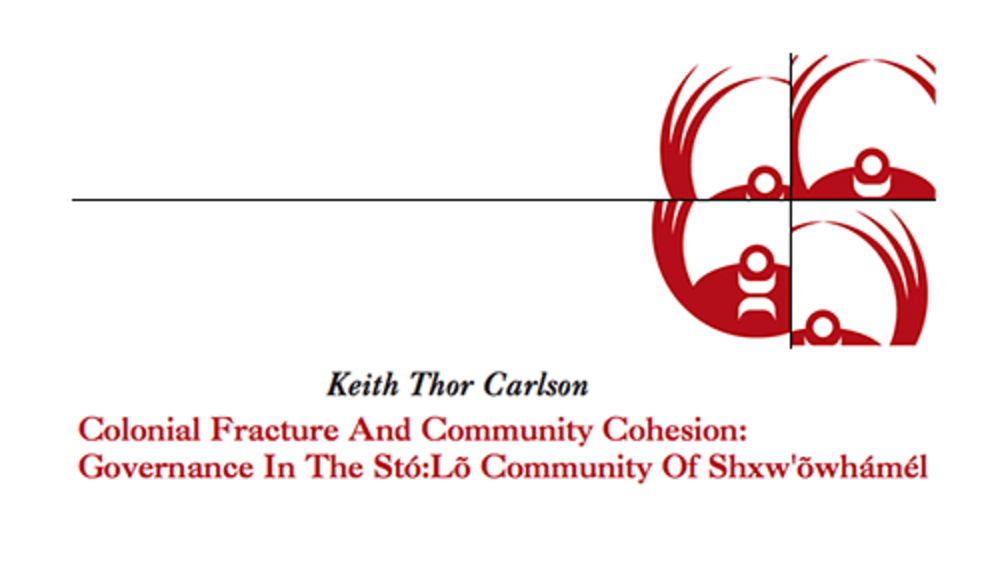
Colonial Fracture And Community Cohesion: Governance In The Stó:Lõ Community Of Shxw'õwhámél
This paper has three goals: 1) To briefly outline the process through which Shxw’õwhámél came to adopt the Siyá:m System in 1994; 2) to highlight certain concerns about the limitations of that system as articulated by community members in 2006; and 3) to provide a detailed discussion of those…
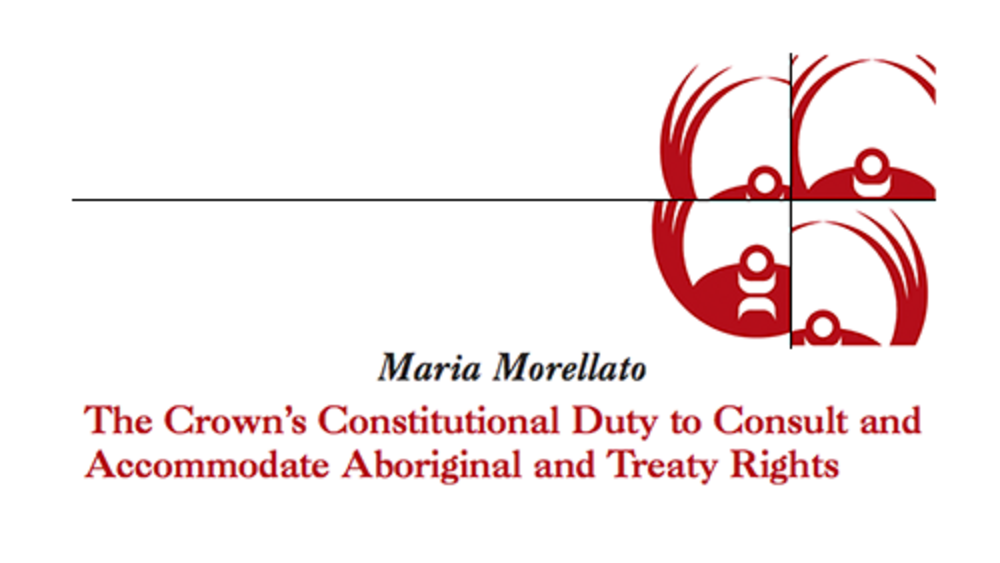
The Crown's Constitutional Duty to Consult and Accomodate Aboriginal and Treaty Rights
The Crown’s duty to consult and accommodate Aboriginal and treaty rights is a fundamental matter of social justice that invokes very solemn legal obligations. Reconciliation and win-win situations can be achieved with good faith negotiations if the federal and provincial Crown immediately…

The Governance and Fiscal Environment of First Nations' Fiscal Intergovernmental Relations in Comparative Perspectives
This paper examines the Canadian Aboriginal fiscal inter-governmental system by comparing it to other countries, and also focuses on the key characteristics of the Canadian system. Over the last 20 years governments have decentralized power and responsibilities in response to an…
Pagination
- First page
- …
- 10
- 11
- 12
- …
